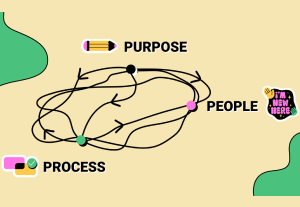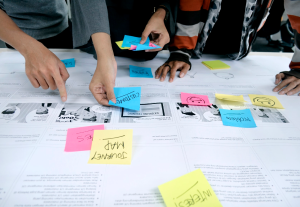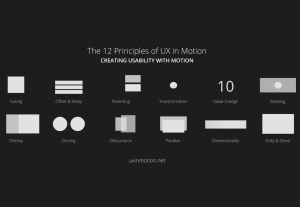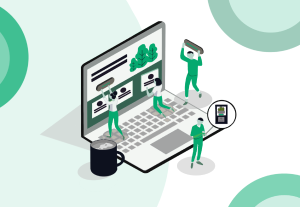- Customer Experience, Design, Design Theory, Persuasive Design, Research Methods and Techniques, The Evolution of Research, Usability, UX Education, UX Magazine
While methods and processes remain important, what is essential for changing how we design is having a commitment to an objective, a mindset, a motivation that can help us reflect on and critique how we do our work. 3 big critiques of commonly held assumptions that drive the design process and the corresponding mindset shifts that are emerging around these critiques.
Article by Gabriel Mugar
The Future of Expertise in Design: Reimagining How I Show Up as an Expert in the Design Process
- While methods and processes remain important, what is essential for changing how we design is having a commitment to an objective, a mindset, and a motivation that can help us reflect on and critique how we do our work.
- Assumptions for expertise in design:
- Design impact is the value exchange with the people we learn from in research.
- Co-design gives people agency in the design process
- A beginners’ mindset helps us see challenges with fresh eyes
- The author explores three shifts that make him reimagine how he shows up as an expert and decision maker:
- Shift #1: Go from transactional to mutually beneficial engagement in research.
- Shift #2: Move from gathering participant feedback to being participant-guided.
- Shift #3: Instead of focusing on people, focus on people in systems.
- Сommunity-led design methods give designers an opportunity to reimagine how their expertise and skills can be more meaningful.
Share:The Future of Expertise in Design: Reimagining How I Show Up as an Expert in the Design Process
Share this link
- August 4, 2022
10 min read







